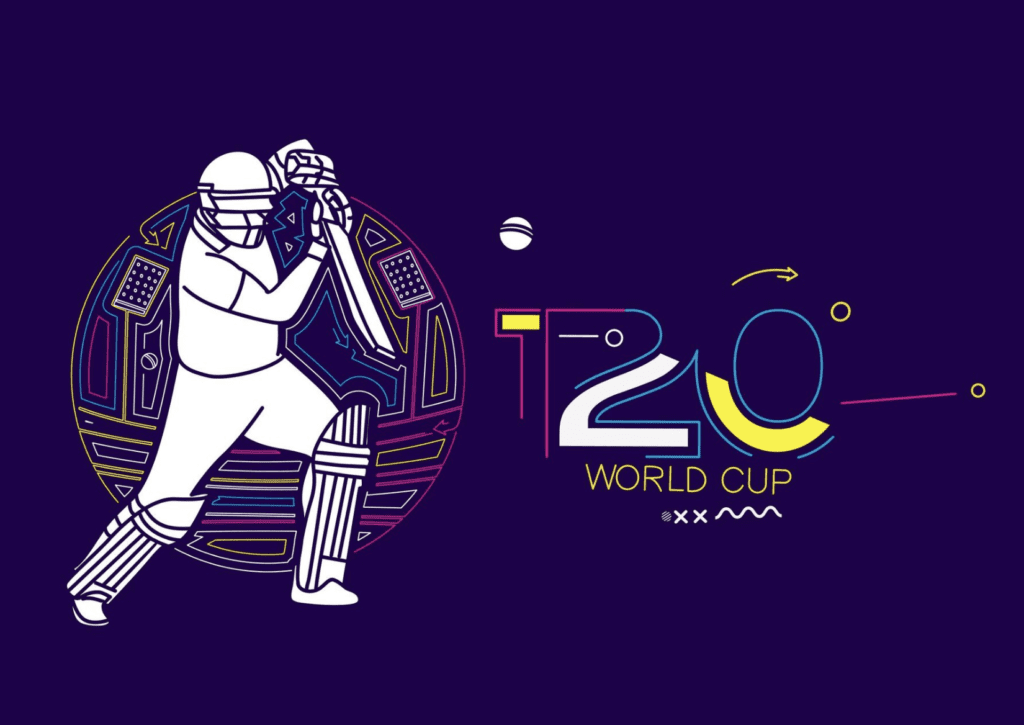Cricket, often hailed as a gentleman’s game, has undergone significant transformations since its inception. From the traditional Test matches to the fast-paced Twenty20 (T20) format, cricket has evolved to cater to changing audience preferences and technological advancements. This evolution has not only altered the way the game is played but also how it is perceived globally.
The Beginnings: Test Cricket
Test cricket, the oldest and most traditional form of the game, dates back to the late 19th century. The first officially recognized Test match was played between England and Australia in 1877 at the Melbourne Cricket Ground. Test cricket is characterized by its long format, with matches spanning up to five days, allowing for intricate strategies and a thorough examination of a team’s skills and endurance.
The essence of Test cricket lies in its rigorous demands on both physical and mental endurance. It tests the players’ abilities to adapt to varying conditions over an extended period. The Ashes series between England and Australia, one of the most celebrated rivalries in cricket, epitomizes the prestige and historical significance of Test cricket.
Bonus: Write Wise Hub
The Emergence of One Day Internationals (ODIs)


The 1970s witnessed a significant shift with the introduction of One Day Internationals (ODIs). The inaugural ODI match took place in 1971, again between England and Australia. Unlike Test cricket, ODIs are limited to 50 overs per side, condensing the game into a single day. This format gained popularity quickly due to its faster pace and the definitive results it produced.
ODIs revolutionized cricket by introducing colored clothing, white balls, and day-night matches, enhancing the game’s appeal to a broader audience. The Cricket World Cup, inaugurated in 1975, became a global spectacle, drawing massive viewership and sponsorship.
The Birth of Twenty20 (T20) Cricket
The early 21st century brought another revolutionary change with the advent of Twenty20 (T20) cricket. The first official T20 match was played in 2003, and the format gained instant popularity for its high-energy, entertainment-packed approach. T20 matches are limited to 20 overs per side, making them a concise, three-hour affair.
The T20 format emphasizes aggressive batting, innovative shot-making, and tactical bowling. It has attracted a new generation of fans, including those who may not have the time or inclination to watch longer formats. The Indian Premier League (IPL), launched in 2008, has been a driving force behind the T20 boom, combining cricket with entertainment and commercialization on an unprecedented scale.
Impact on Players and Strategies
The evolution from Test matches to T20 has significantly impacted players’ skills and strategies. Modern cricketers are required to be versatile, adapting their techniques to suit different formats. Batsmen have developed innovative shots like the reverse sweep and switch hit, while bowlers have mastered variations such as slower balls and yorkers to counter the aggressive batting in T20.
Fielding standards have also improved dramatically, with athleticism and agility becoming crucial attributes for players. The shorter formats have necessitated quicker reflexes and more dynamic fielding positions.
The Future of Cricket
The continuous evolution of cricket reflects its adaptability and resilience. While T20 has brought a new dimension to the sport, Test cricket remains the ultimate challenge for purists. The International Cricket Council (ICC) and national boards are striving to maintain a balance between formats, ensuring that each one retains its unique appeal.
Technological advancements, such as the Decision Review System (DRS) and Hawk-Eye, have further enhanced the game’s accuracy and fairness. The future of cricket may see even more innovations, including new formats and leagues, but the core essence of the sport—its spirit, tradition, and competitive nature—will endure.
Conclusion
The journey of cricket from Test matches to T20 is a testament to the sport’s dynamic nature and its ability to evolve with time. Each format has brought its own charm and challenges, contributing to the rich tapestry of cricketing history. As the game continues to grow and adapt, it will undoubtedly captivate the hearts of fans worldwide, preserving its legacy for generations to come.
